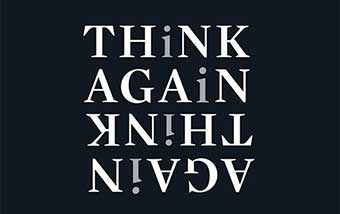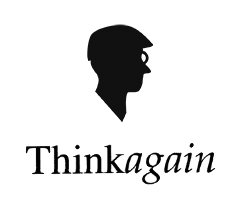Mindsight
Alberto Giacometti lived most of his sculptor life in a Paris apartment/studio, without hot water or a bathroom. Brother Diego was his foundry assistant. He chain-smoked 4 packs a day, and wore the same grey, herring bone suit, 24 hours a day. He would buy a new one – same color, same style – once a year. He went to restaurants for his meals, bistros and clubs for drinks and conversation, and brothels now and then. He was very upset when prostitution was made illegal. He worked in his studio all night, and slept most of the day. He married late, reluctantly, and enjoyed mistresses. He had no children.
To Giacometti, life was magical. He saw wonder in everything. He believed in the intense significance of his feelings, and in the possibilities of the mysterious. He savored primary sensation. Attracted to the surrealists, he at first painted and sculpted as they wanted, from the psychological, the philosophical, and the political. But it really didn’t take him where he wanted to go. Existential angst, he realized, was not political, or philosophical, or, for that matter, anything new in human history. And it wasn’t artistic. He moved on. Andre Breton, their commandant, wanted a discussion. Giacometti escaped. “No, that won’t be necessary”.
He discovered an obsession “to represent what I see”. Not what his eyes see, but what he sees.
For years he tried and failed. Constantly studying people on the street, and in conversations, he was drawn to the misfits and histrionic types, people who played out their selves, up front, unaffected. He would pose his models for hours and days on end. All night he would attempt sculpture, only to destroy it in the morning, unsatisfied.
His friends and family lost confidence. He seemed more and more a lost eccentric.
At times, having looked so long and so hard, he would feel an entranced loss of the thoughts and identifications of what he was seeing. The work would take control. Expressive shapes and proportions would emerge.
“he found to his amazement, and to his consternation, that the sculpture grew smaller and smaller. The smaller it grew, the more troubled it became, yet he could not keep if from shrinking. The sculpture itself seemed to determine in advance its appropriate size, would accept no alternative and compelled the sculptor to comply.”
Training builds creative and perceptive skill. Practice areas of the brain become . . . swollen.
“The posterior hippocampus, the area of the brain known to be important for memory, is bigger in London cab drivers than in most people.”
Attending a play in a theatre in Paris, looking at the stage and then at the audience around him, he had this realization that he was seeing differently, in some new way, “not like a camera“, but in dimensions of space and time, . . . with a strange sense of becoming.
His work became art, sculpture with the essentials of human form, intention in posture, purpose in motion, all with an aura of being and becoming
. . . what you see with your mind.


